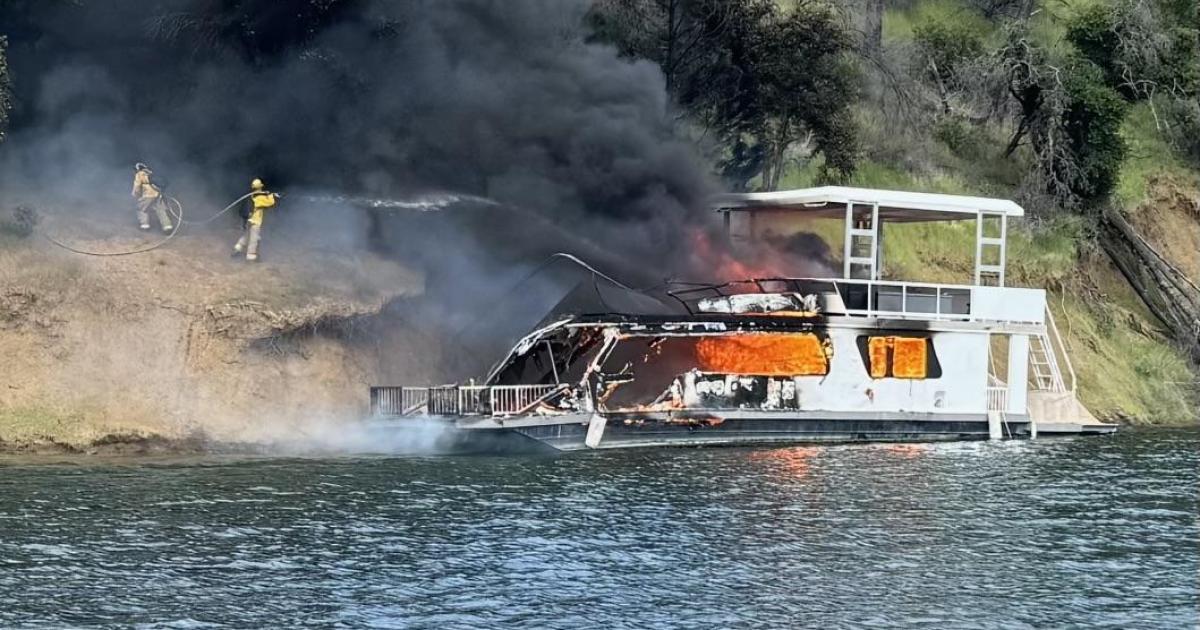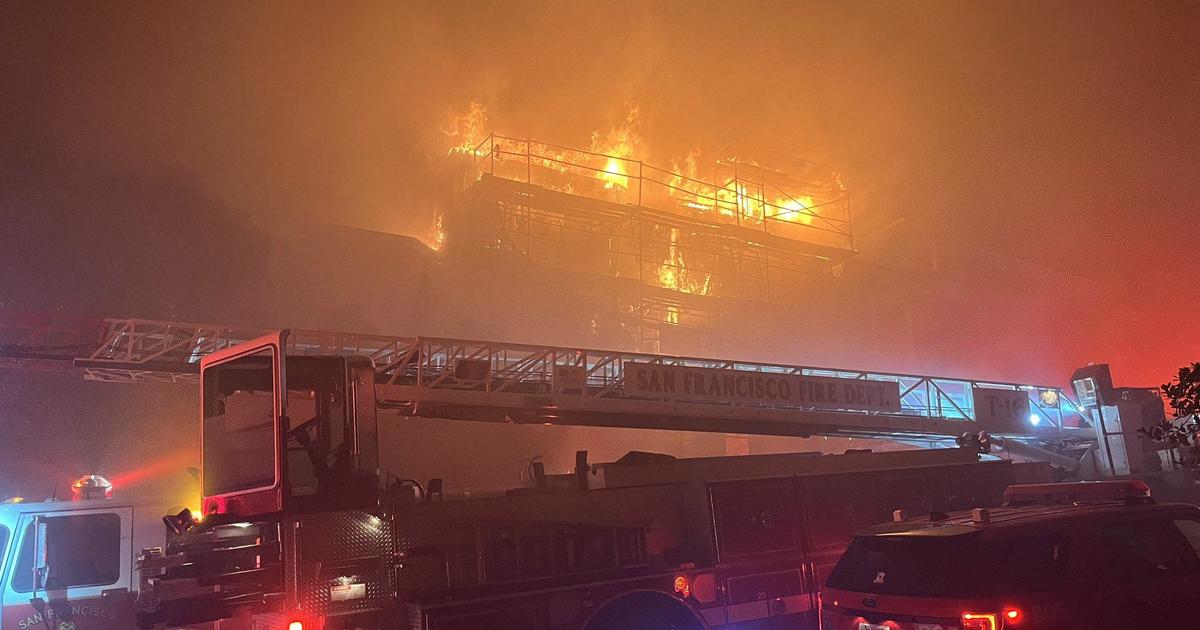Dixie Fire Update: New Mandatory Evacuation Orders Issued For Janesville in Lassen County
LASSEN COUNTY (AP/CBS SF) — Officials in Lassen County have expanded mandatory evacuation orders in Janesville west of Highway 395 early Monday evening due to the growing Dixie Fire.
The Lassen County Sheriff's Office issued mandatory evacuation orders for the following areas:
- South of Hwy 36 from Devil's Corral east to Britt Ln and Thumper Hill and south to Cheney Creek Rd
- Janesville west of Hwy 395 from Janesville Grade south to Milford Grade
- Susan River Canyon/Cheney Creek area south of Hwy 36 from Willard Hill east to Korver Rd and south to the intersection of Cheney Cr. Rd and dirt Gold Run Rd.
- Clear Creek, Westwood, and Pine Town area south of Hwy 36 from the Lassen County line east to the Willard Hill area.
- North of Hwy 36 from the Lassen County Line east to Coppervale.
- The area south of Hwy 44 from the Lassen County line east to McCoy Flat including Silver Lake, Juniper Lake, and the Caribou Wilderness Area.
Evacuation Warnings have been issued for the following areas:
- The area west of Richmond Rd and south of Hwy 36 from Thumper Hill east to S Weatherlow St and south to Gold Run Rd
- Diamond Mountain area from Forest Service Rd 29NO2 south to the Lassen County line
- West of Richmond Rd from Gold Run Rd south to Childrens Rd but not including roads immediately adjacent to the Golf Course
- East of Hwy 395 from Baxter Creek south of Sunnyside Rd not to include Sunnyside Rd south to the Herlong Access Rd A25
- West of Hwy 395 from Milford Grade to the intersection of Herlong Access Rd A25
- Area south of Hwy 44, north of Hwy 36, west to Hog Flat Reservoir
County Road A21 is currently closed to southbound traffic from Highway 44 and Highway 36 is closed west of the intersection with Highway 44, authorities said.
The Cal Fire Lassen-Modoc Unit Twitter account posted photos showing a massive, ominous plume of smoke west of Highway 395.
Earlier Monday, Firefighters battling flames in Northern California forests girded themselves for new bouts of windy weather, and a utility warned thousands of customers it might cut their electricity to prevent new fires from igniting if gusts damage power lines.
Conditions that suppressed the huge Dixie Fire overnight were expected to give way late in the day to winds that could push flames toward mountain communities in a region where drought and summer heat have turned vegetation to tinder.
"In this environment, any type of wind, no matter what direction — especially the way the fire's been going — is a concern for everyone," said information officer Jim Evans.
- Cal Fire Incident Report: Evacuations, Maps, Road Closures
- Evacuation Maps: Butte, Plumas County | Lassen County | Tehama County
- County Websites: Butte County | Plumas County | Lassen County | Tehama County
Growing explosively at times, the Dixie Fire has scorched 890 square miles (2,305 square kilometers) in the northern Sierra Nevada and southern Cascades since it ignited on July 13 and eventually merged with a smaller blaze called the Fly Fire.
Ongoing damage surveys have counted more than 1,100 buildings destroyed, including 625 homes, and more than 14,000 structures remained threatened. Numerous evacuation orders were in effect.
Investigations are continuing, but Pacific Gas & Electric has notified utility regulators that the Dixie and Fly fires may have been caused by trees falling into its power lines. The Dixie Fire began near the town of Paradise, which was devastated by a 2018 wildfire ignited by PG&E equipment during strong winds. Eighty-five people died.
ALSO READ: How To Help Victims Of Dixie Fire
On Sunday evening, PG&E notified 39,000 customers in parts of 16 Northern California counties that it may have to shut off power Tuesday evening due to a forecast of dry winds out of the northeast.
"Given this wind event and current conditions including extreme to exceptional drought and extremely dry vegetation, PG&E has begun sending 48-hour advance notifications to customers in targeted areas where PG&E may need to proactively turn power off for safety to reduce the risk of wildfire from energized power lines," a statement said.
The Dixie Fire was among 97 large, active wildfires burning in the United States on Monday, the National Interagency Fire Center said. More than 25,000 firefighters, support personnel and management teams were assigned to the blazes.
The U.S. Forest Service said last week that it is operating in crisis mode, with more than double the number of firefighters deployed than at the same time a year ago.
The fires were also taking a toll on wildlife.
Near Taylorsville, California, some firefighters on Sunday were monitoring a bear cub who was possibly orphaned in the Dixie Fire. The emaciated cub was awaiting extraction from the fire-scarred area by a wildlife rescue team.
"Generally if you see them with a sow or a mother bear, they'll stay with the mother bear and run off," said firefighter Johnnie Macy, who was deployed from Golden, Colorado. "This bear hasn't done that, so because of that we think that the bear's orphaned as a result of the fire."
Climate change has made the U.S. West warmer and drier in the past 30 years and will continue to make the weather more extreme and wildfires more destructive, according to scientists.
© Copyright 2021 The Associated Press. All Rights Reserved. This material may not be published, broadcast, rewritten or redistributed.



